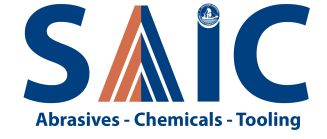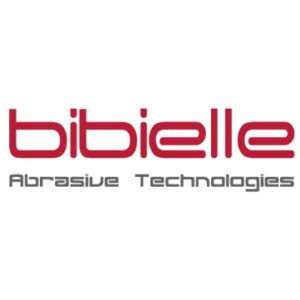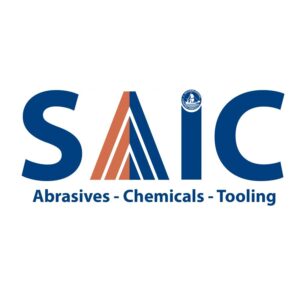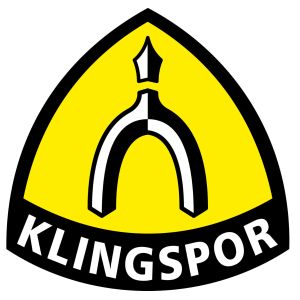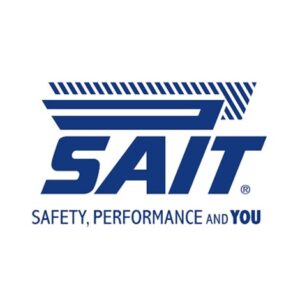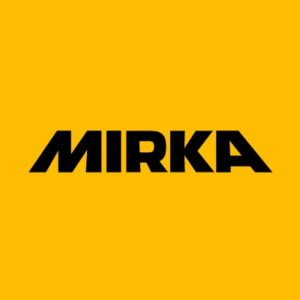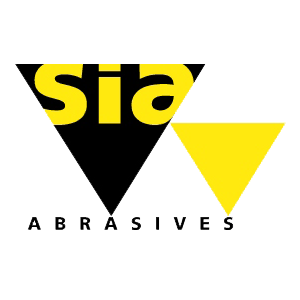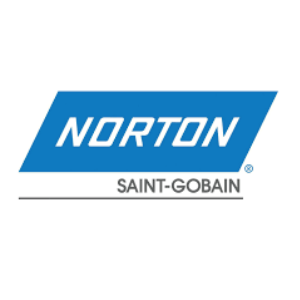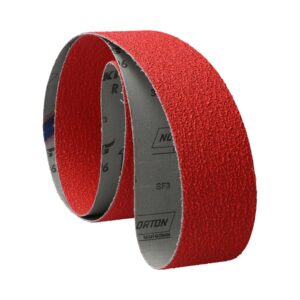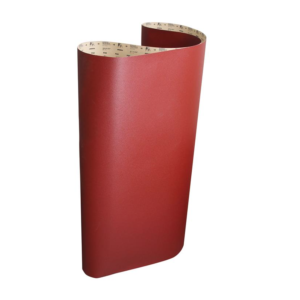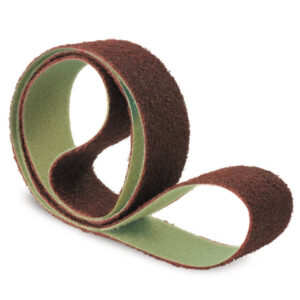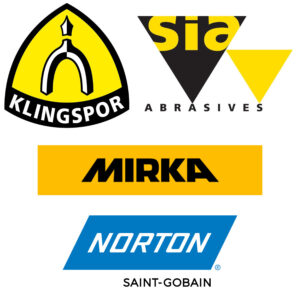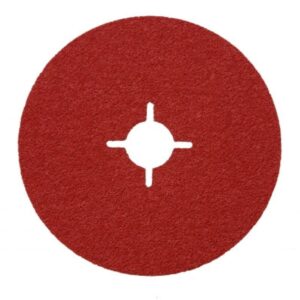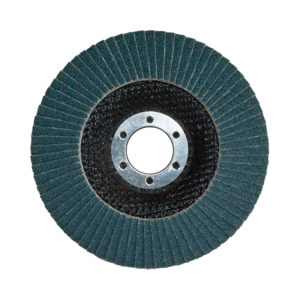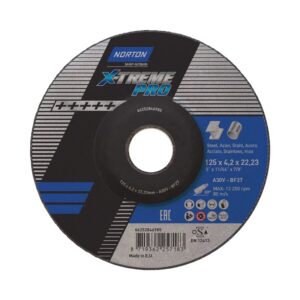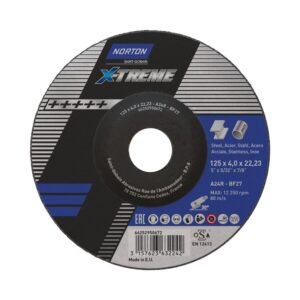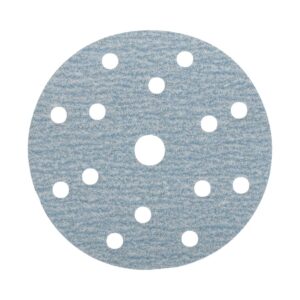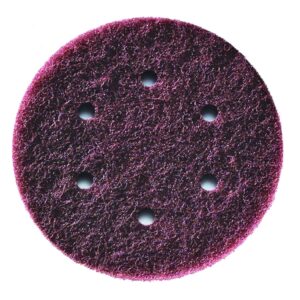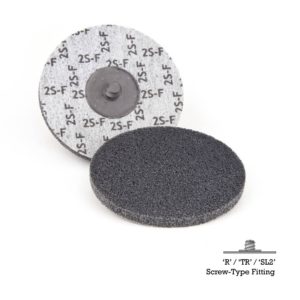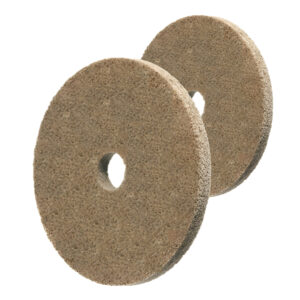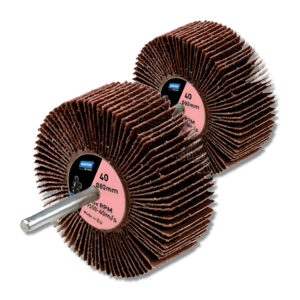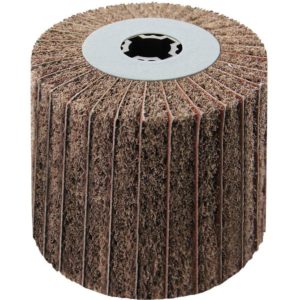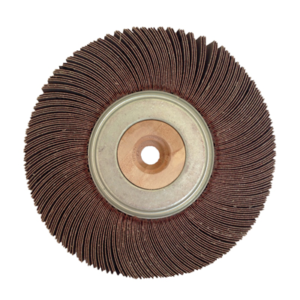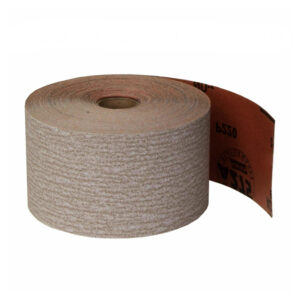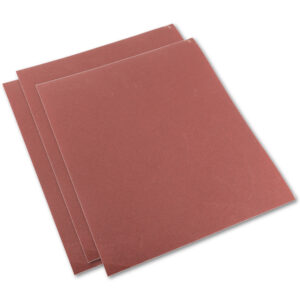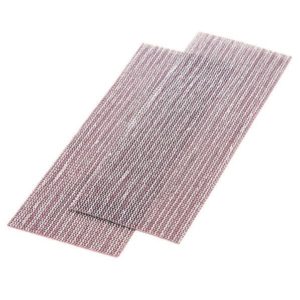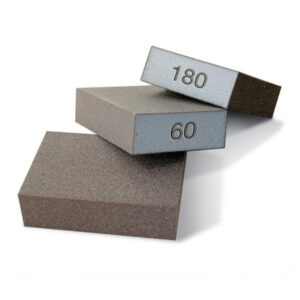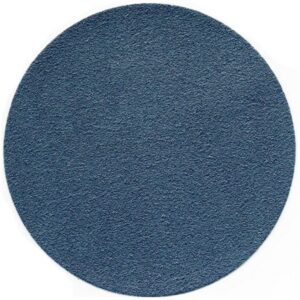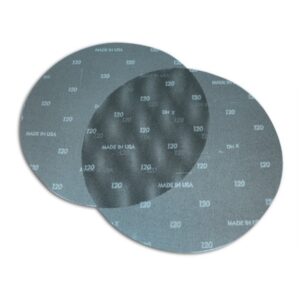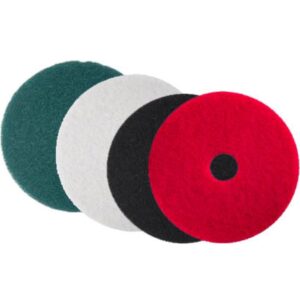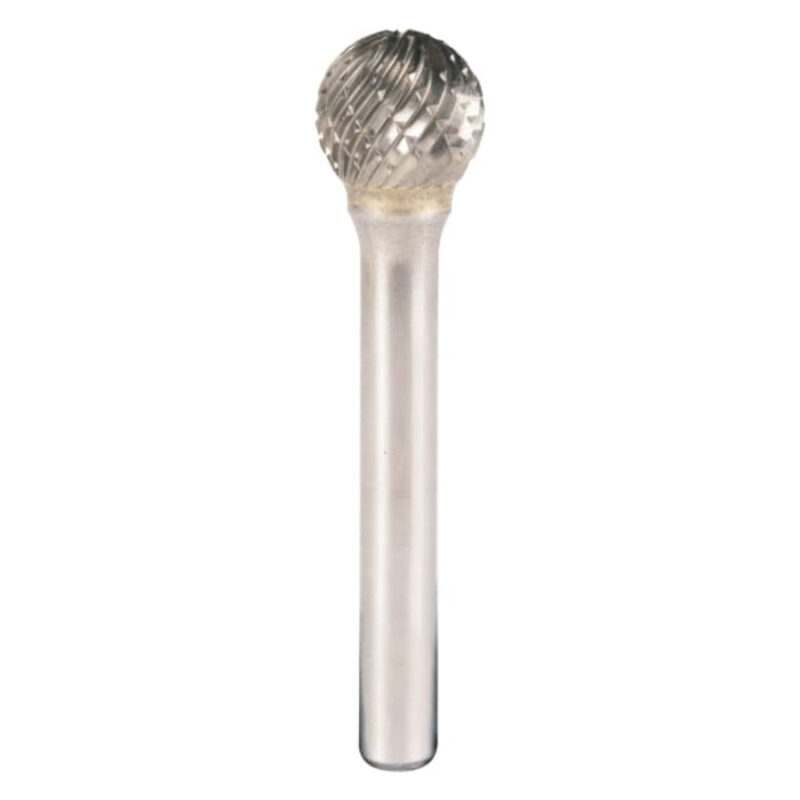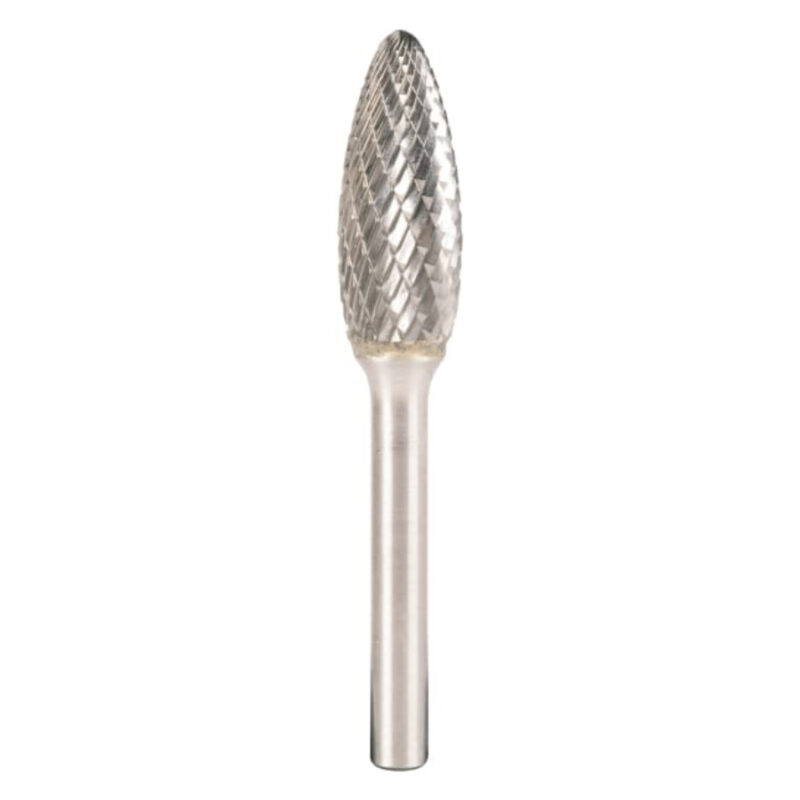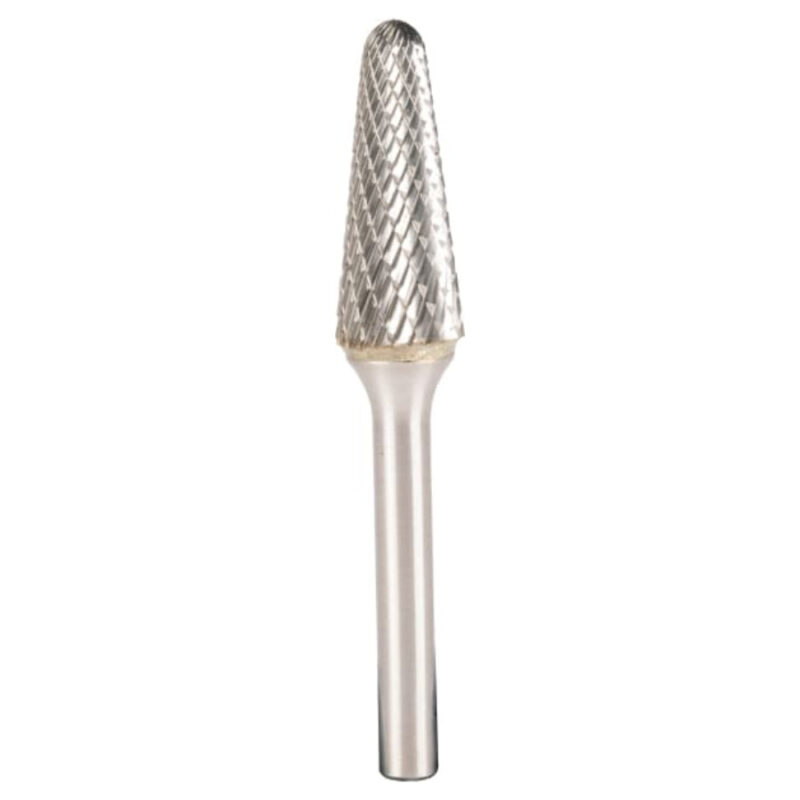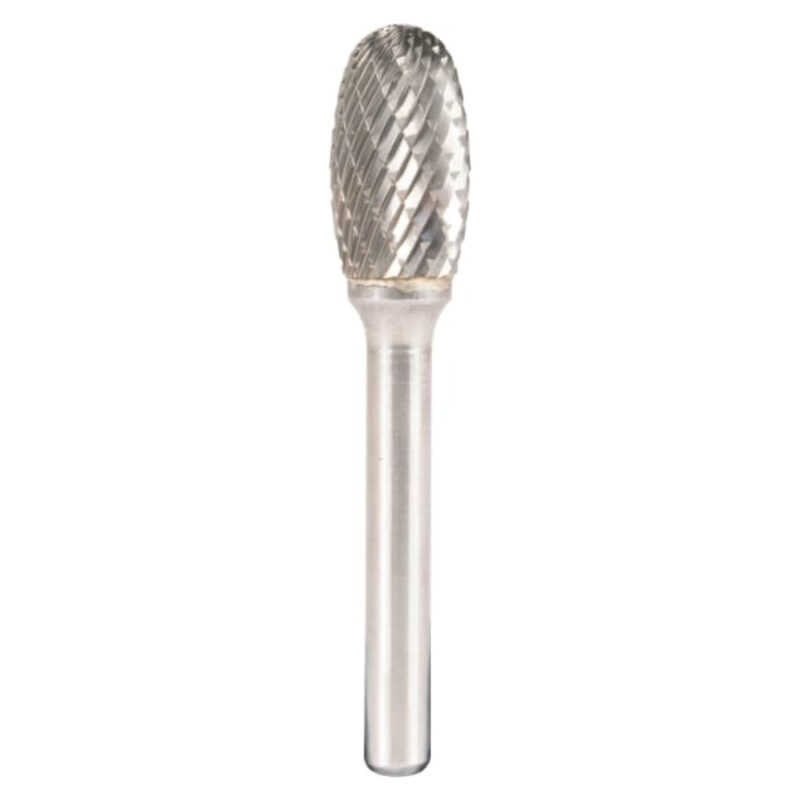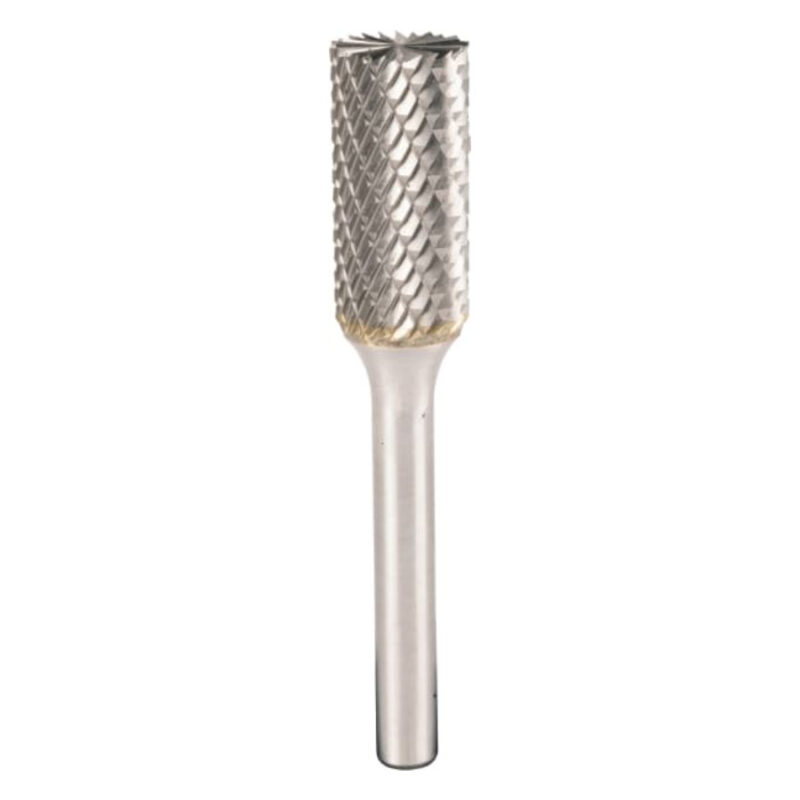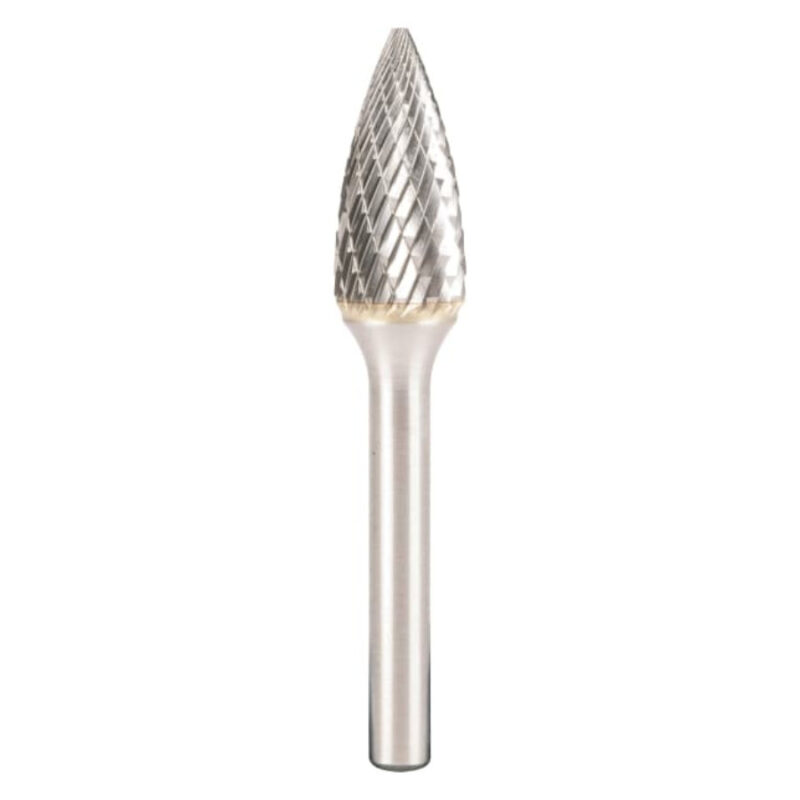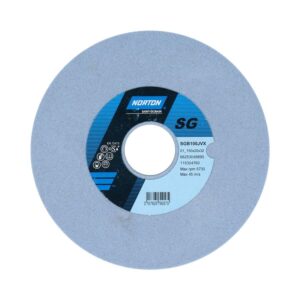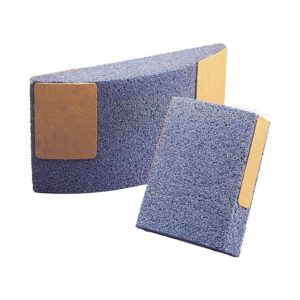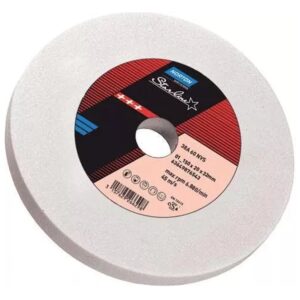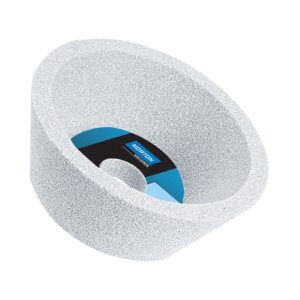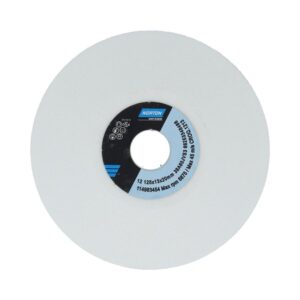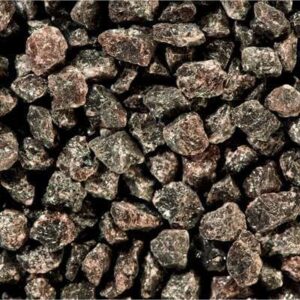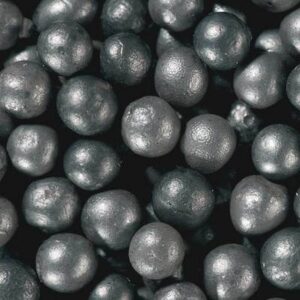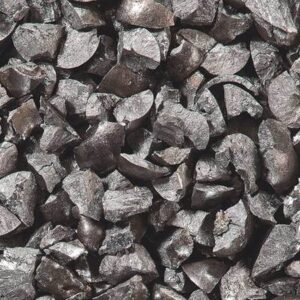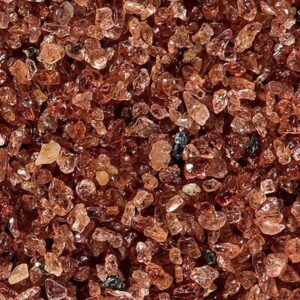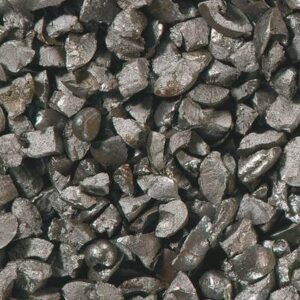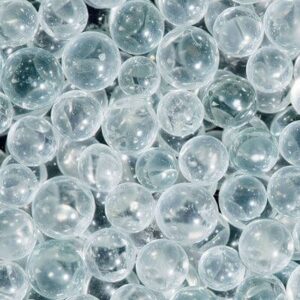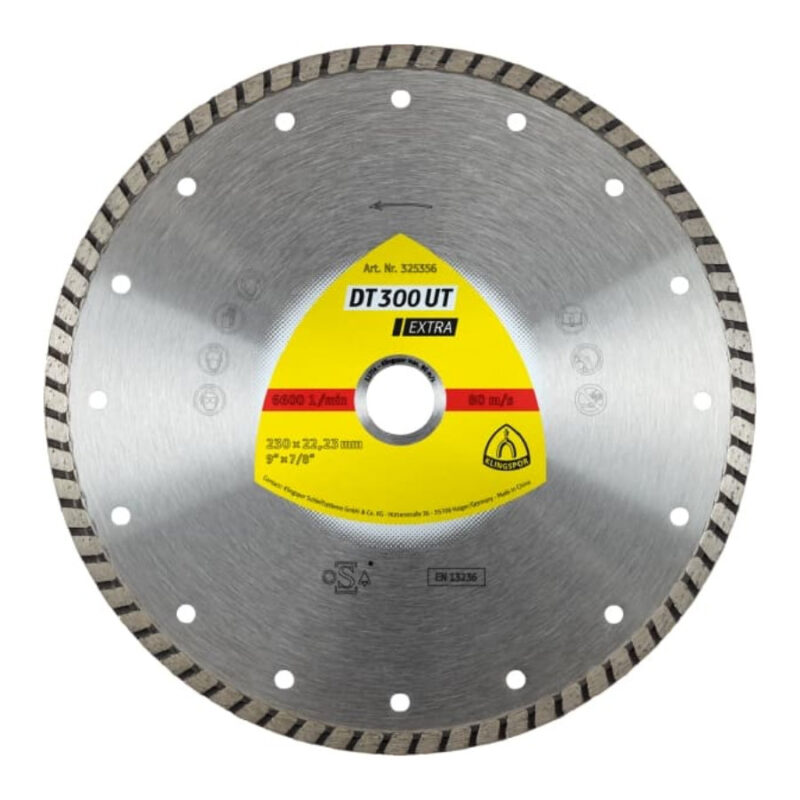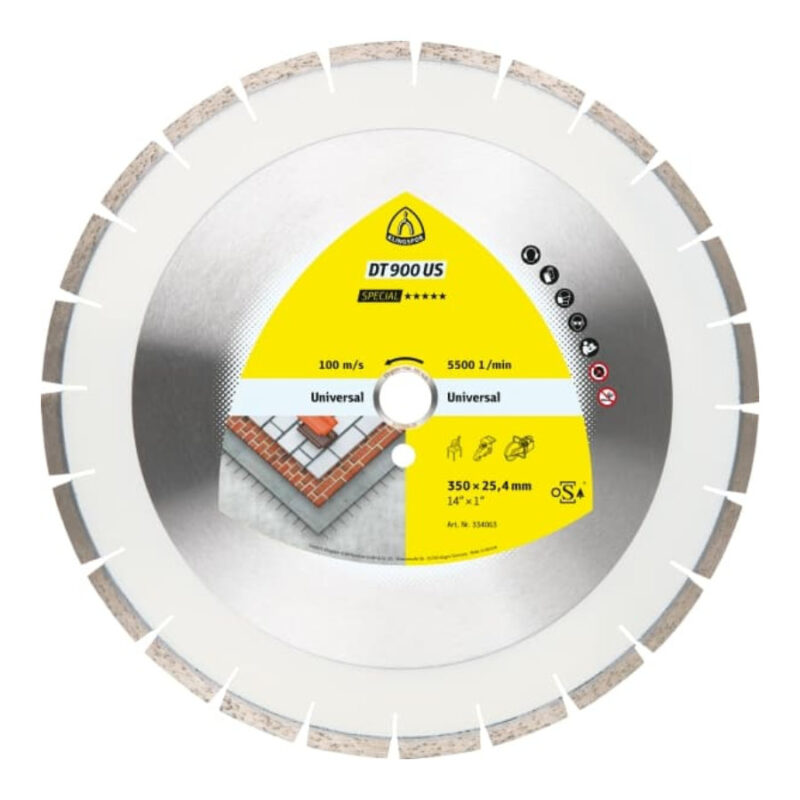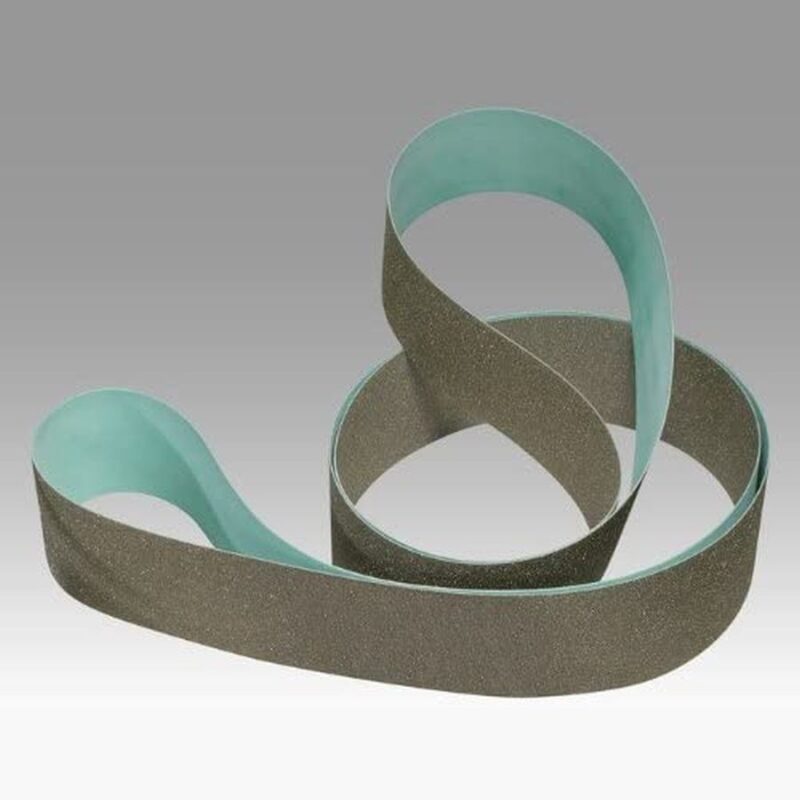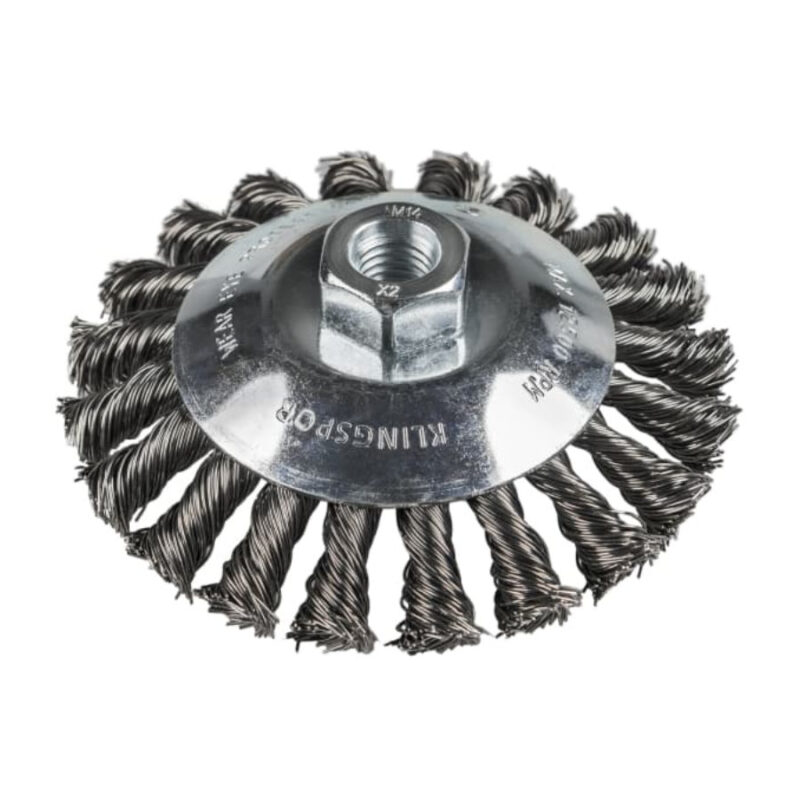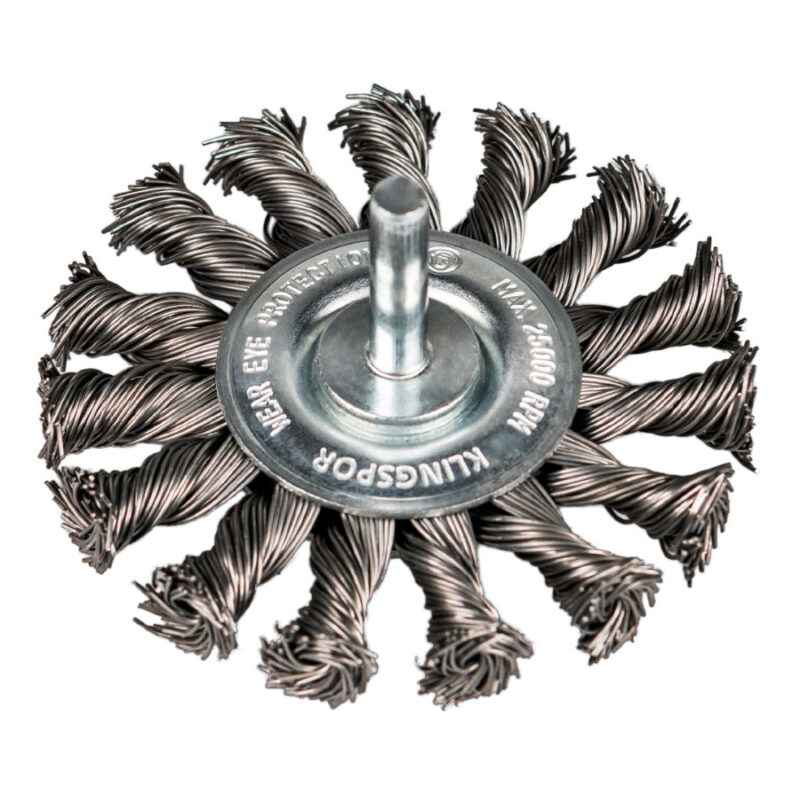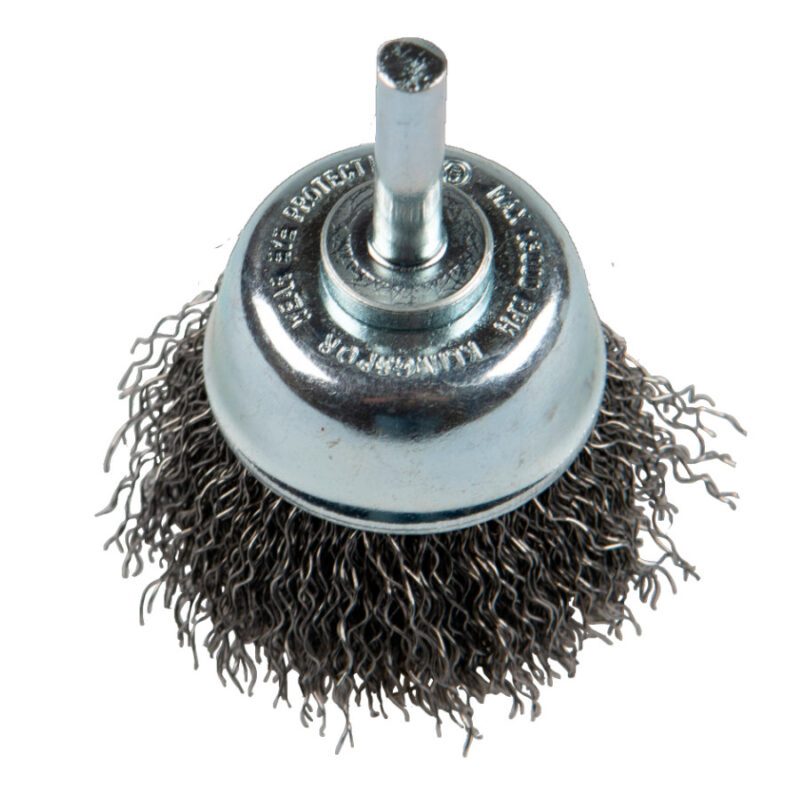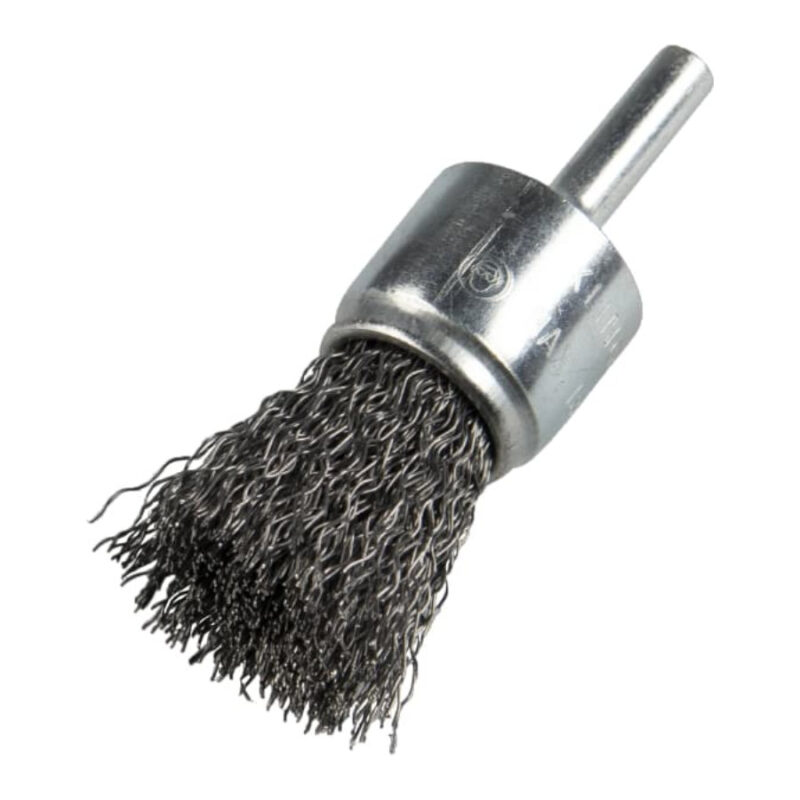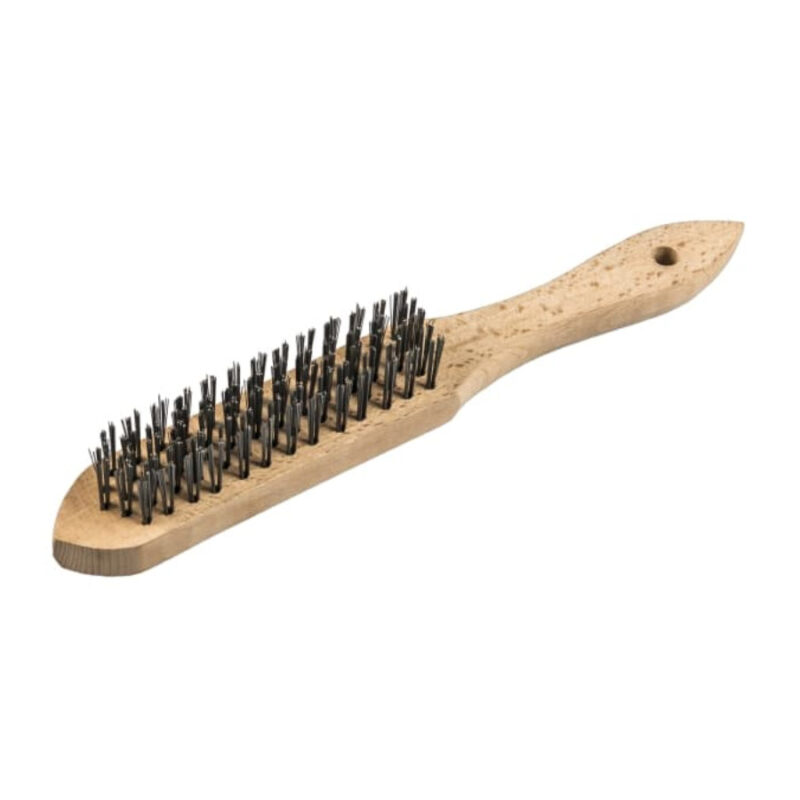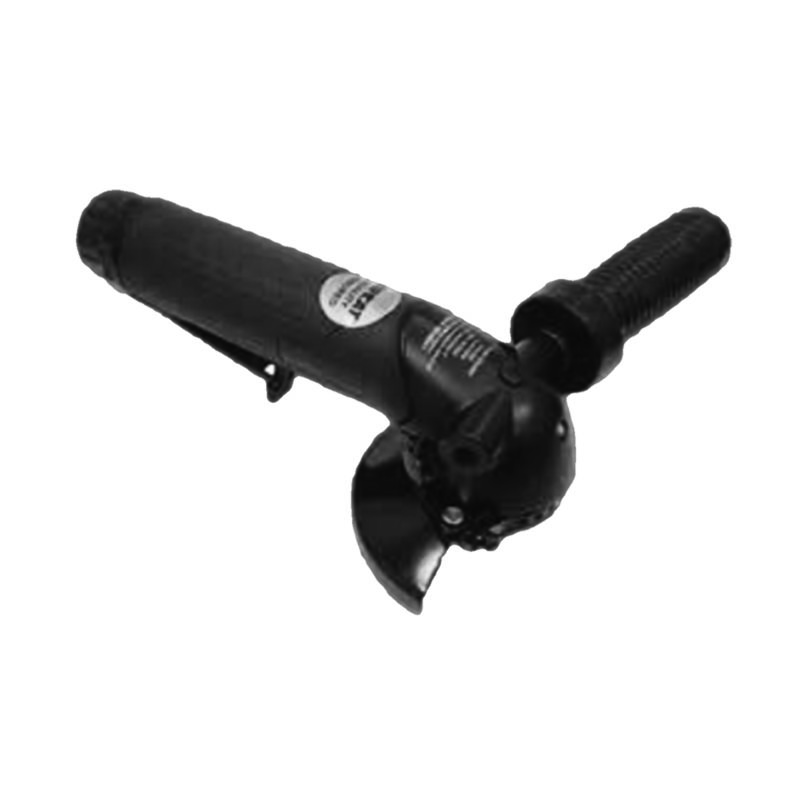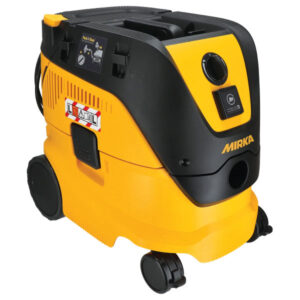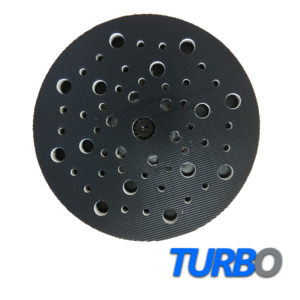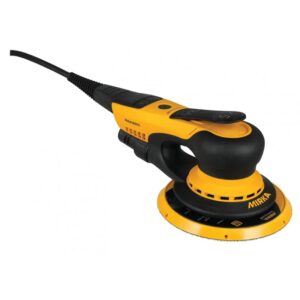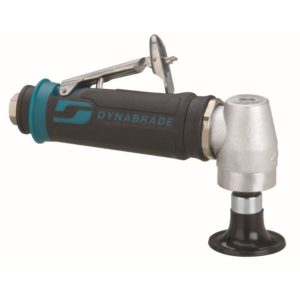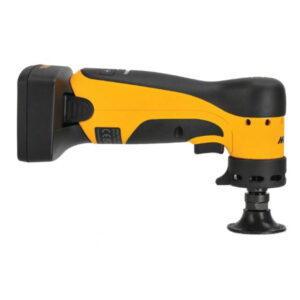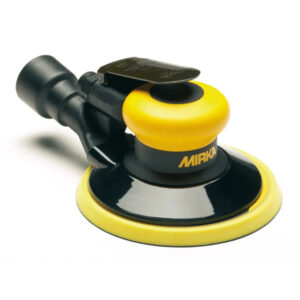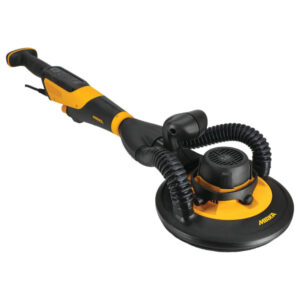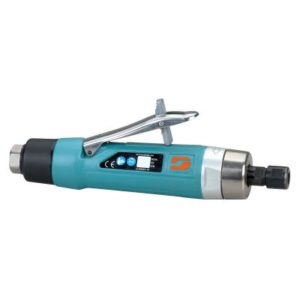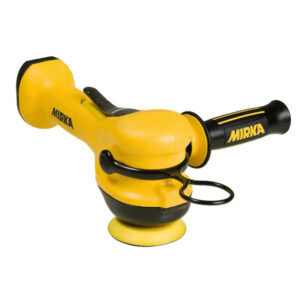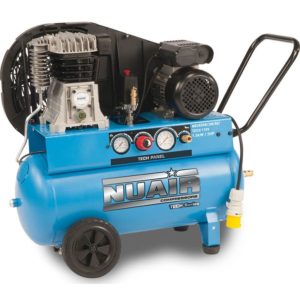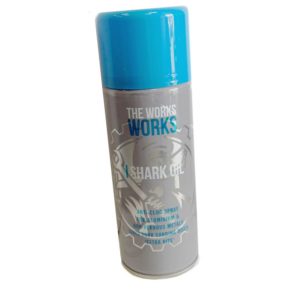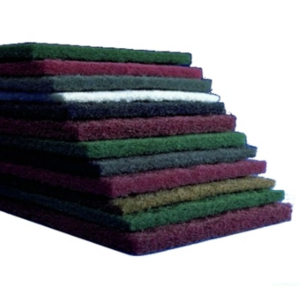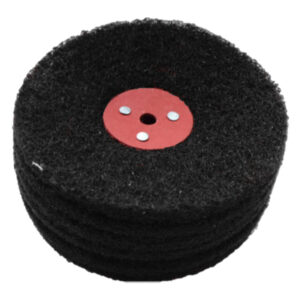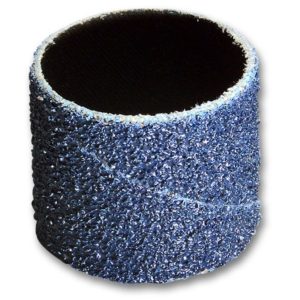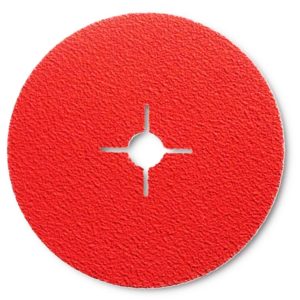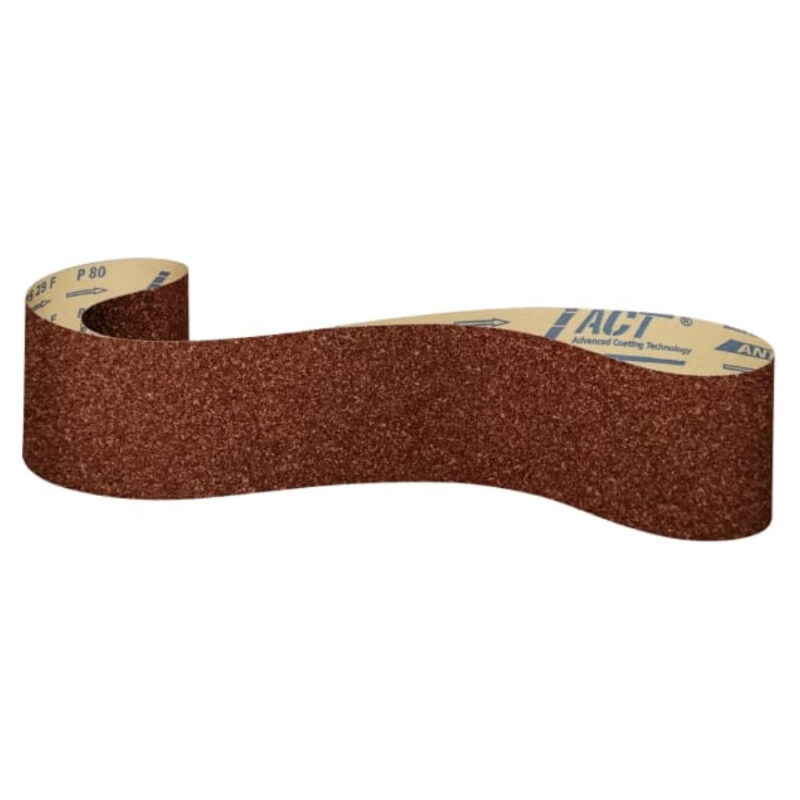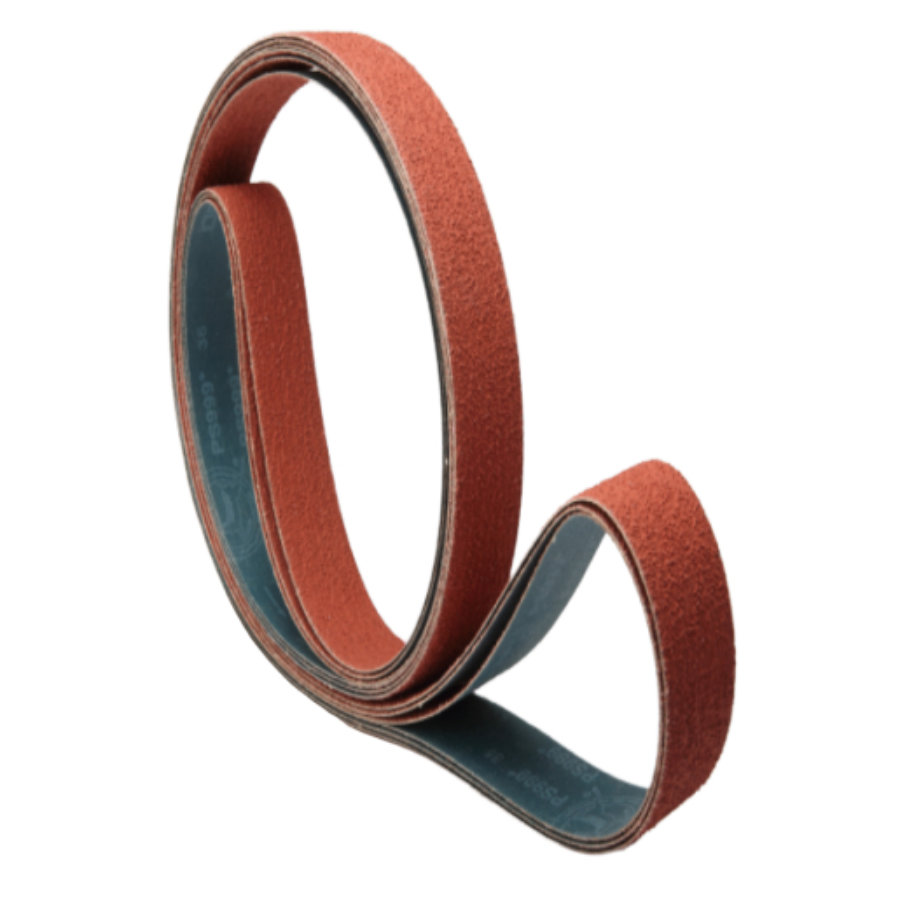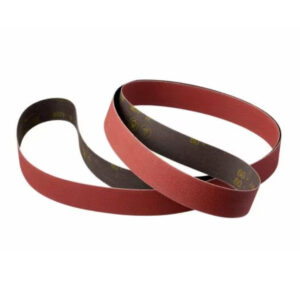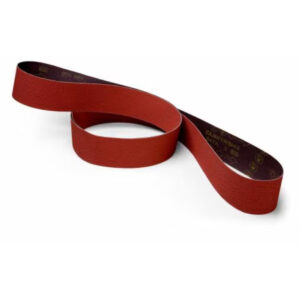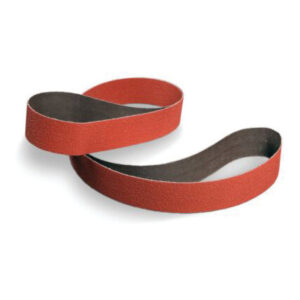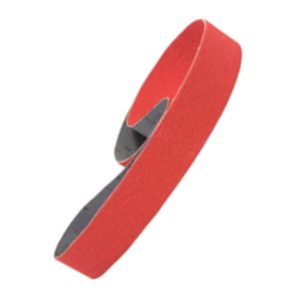Description
Product Description of the Deerfos PS999 Ceramic Abrasive Sanding Belts
Properties
• Backing Material: 100% Polyester(XY-wt)
• Bonding: Resin over resin
• Grain Type: Ceramic & Premium Aluminum-Oxide mixture
• Coating State: Super size coating with grinding aid
Advantages
• High-performance ceramic – long-lasting and durable, so ideal for heavy-duty grinding
• Heavy Y-weight polyester backing for increased durability
• Closed-coat grain for aggressive sanding performance
• Much longer life
• Productivity increase
• Performs well even at low grinding pressures
• High stretch-resistance and very stable backing material
• Higher cut rates and cooler grinding temperatures
Applications
• Only dry sanding
• Deburring of forgings and castings
Substrates
• Heavy deburring – Stainless steel (SUS 400, 300 series)
• Air jet blades – Heat sensitive alloys
• Low carbon steel – Hammer heads
• Nickel clad stainless steel plate and rolls
• Nickel alloys turbine blades
Data Sheet for the Belt Calculator - Deerfos PS999 Ceramic Abrasive Sanding Belts
Why Use Ceramic?
Deerfos PS992 Ceramic Abrasive Sanding Belts have a ceramic grain, which lasts the longest of all coated abrasives, as well as being the fastest cutting. This is due to the micro-crystalline grain which self-sharpens and fractures more uniformly to give more consistent performance, and works well in medium to high pressure applications. Deerfos PS992 Ceramic Abrasive Sanding Belts are ideal for even the most demanding applications where productivity and fast stock removal are key.Ceramic is in some cases supplied with a "topsize" (also known as "top coat", or "supersize layer".) This is a coating which is sprayed on to the grit to act as a coolant when working on heat-sensitive metals such as stainless steel and exotic alloys, and therefore reduce discoloration or burning. It can however also act as a lubricant to help reduce loading (where stock removed from the workpiece builds up on the abrasive and makes it less effective) on softer metals such as aluminium. The presence of a topsize does reduce the aggressiveness of the grain however, and so it is best not to have one if discoloration will not be an issue, for example when working on mild/carbon or structural steel.
Available in various forms including abrasive belts, velcro-backed discs, flap discs and fibre discs. Roloc discs, also known as speedlok, siafix, quick-release, and quick-change discs, are also very popular and often used for blending/removing welds and spot repair. Our Nitro Fast-Cut Ceramic Rolocs in particular are very aggressive and available as coarse as P24, therefore being useful for fast stock removal, while the Green Nitro and Red Nitro Ceramic Roloc Discs have a topsize and are ideal for reducing heat generation. For working on softer metals such as aluminium there is also the option of the unique White Nitro, which has a stearate coating to help reduce loading on the disc.
